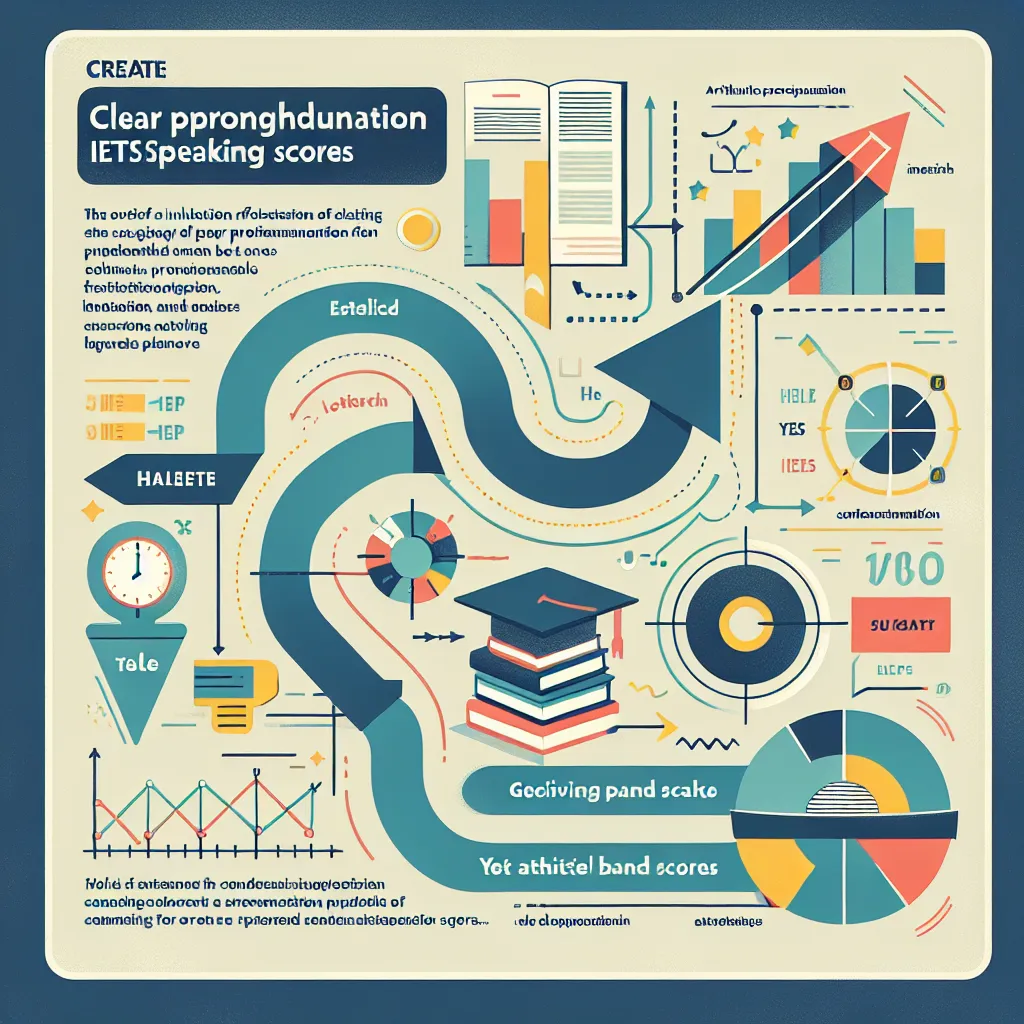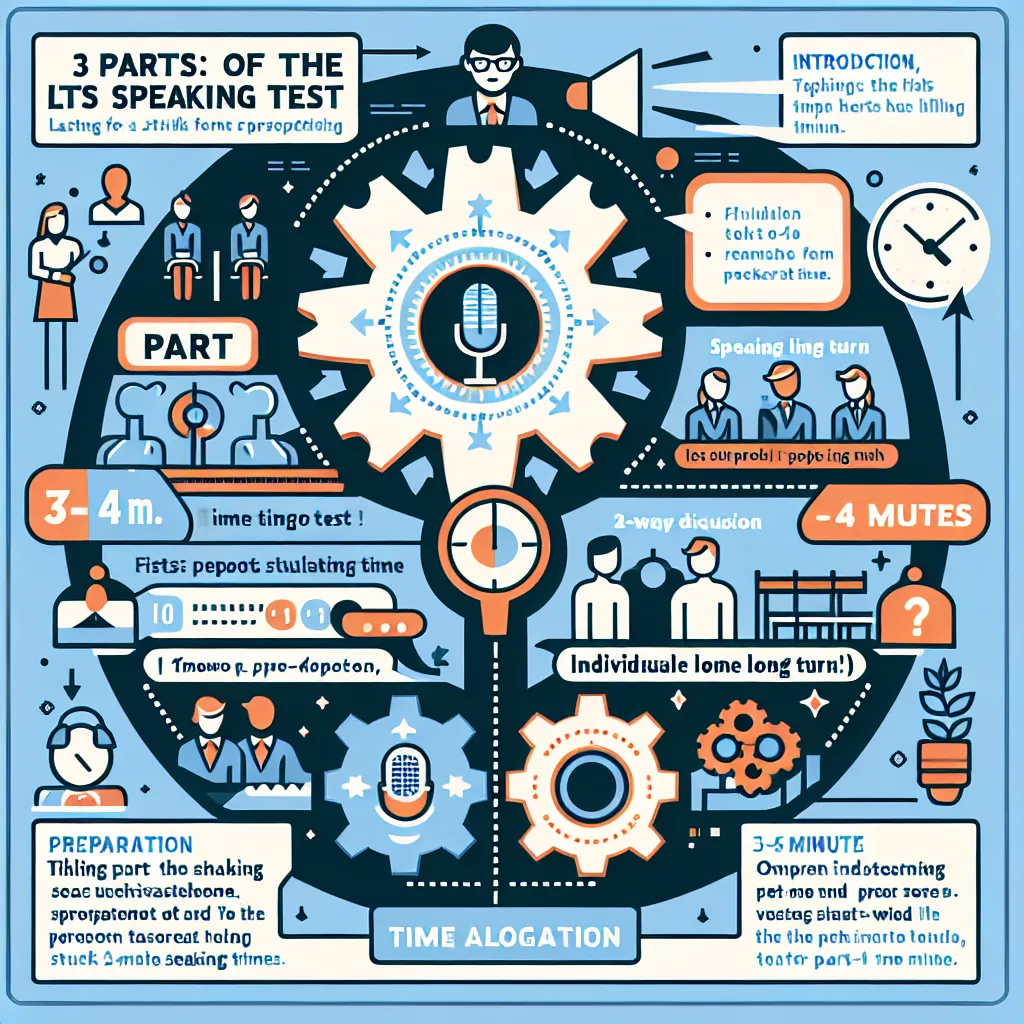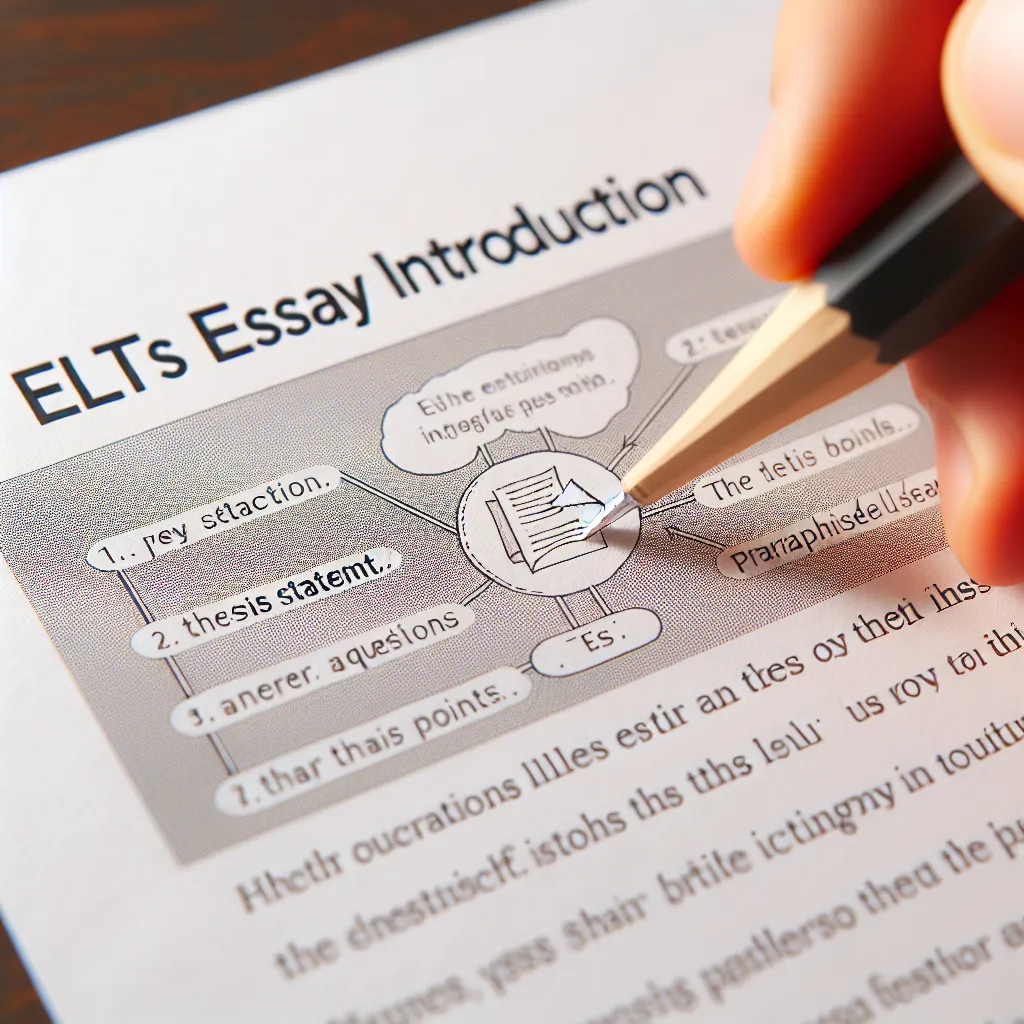Are you struggling with time management in the IELTS Reading section? You’re not alone. Many test-takers find it challenging to complete all the questions within the given time frame. In this comprehensive guide, we’ll explore effective strategies to boost your reading speed and accuracy, helping you achieve your desired IELTS score.
Understanding the IELTS Reading Time Pressure
The IELTS Reading test gives you 60 minutes to answer 40 questions based on three passages. This time constraint can be daunting, especially for non-native English speakers. However, with the right techniques and consistent practice, you can significantly improve your reading speed and comprehension.
 IELTS Reading Time Pressure
IELTS Reading Time Pressure
Effective Strategies to Boost Your IELTS Reading Speed
1. Skimming and Scanning Techniques
Skimming and scanning are crucial skills for the IELTS Reading test. Skimming involves quickly reading through a text to get a general idea of its content, while scanning is about looking for specific information.
To practice skimming:
- Read the first and last sentences of each paragraph
- Focus on headings, subheadings, and any highlighted text
- Try to grasp the main idea without reading every word
For scanning:
- Look for key words related to the question
- Use your finger or a pencil to guide your eyes down the page
- Don’t read every word; just focus on finding the information you need
2. Expand Your Vocabulary
A strong vocabulary can significantly improve your reading speed. When you encounter unfamiliar words, you waste precious time trying to understand their meaning from context.
Tips to build your vocabulary:
- Read extensively in English (newspapers, academic journals, novels)
- Use flashcards or vocabulary apps to learn new words daily
- Practice using new words in context to reinforce your learning
3. Improve Your Eye Span
Increasing the number of words you can read at a glance can boost your reading speed. This technique is called “chunking.”
Exercise to improve eye span:
- Draw two vertical lines on a page of text, dividing it into three columns
- Practice reading by focusing on the center of each column, trying to see words on both sides without moving your eyes
4. Avoid Subvocalization
Subvocalization, or silent speech, is the inner voice in your head that “speaks” the words as you read. While it’s natural, it can significantly slow down your reading speed.
To reduce subvocalization:
- Use a pointer (finger or pen) to guide your eyes faster than your inner voice can keep up
- Practice reading groups of words instead of individual words
- Listen to instrumental music while reading to occupy your inner voice
5. Use Active Reading Techniques
Active reading involves engaging with the text more deeply, which can improve both speed and comprehension.
Active reading strategies:
- Predict what the text will be about based on headings and first sentences
- Ask yourself questions about the content as you read
- Summarize main points after each paragraph
 Active Reading Techniques
Active Reading Techniques
6. Time Yourself Regularly
Regular timed practice is essential for improving your reading speed under test conditions.
How to practice:
- Set a timer for 20 minutes (the time allocated for one IELTS Reading passage)
- Try to complete one full practice passage and its questions within this time
- Gradually decrease the time as you improve
7. Improve Your Concentration
Better concentration leads to faster reading and improved comprehension.
Tips to enhance concentration:
- Find a quiet, well-lit place to study
- Take short breaks every 25-30 minutes to maintain focus
- Practice meditation or mindfulness to improve overall concentration
8. Develop a Strategic Approach
Having a systematic approach to the IELTS Reading test can save you valuable time.
Strategic tips:
- Read the questions before the passage to know what information to look for
- Answer easier questions first to build confidence and save time for harder ones
- If you’re unsure about an answer, make an educated guess and move on
Common Pitfalls to Avoid
- Trying to understand every word: Focus on overall meaning instead.
- Rereading sentences multiple times: Trust your initial understanding and move forward.
- Getting stuck on difficult questions: Mark them and return later if time allows.
- Neglecting practice: Consistent practice is key to improving your reading speed.
Next Steps: Putting It All Together
Now that you’re armed with these strategies, it’s time to put them into practice:
- Start with shorter texts and gradually increase length and difficulty.
- Use official IELTS practice materials to familiarize yourself with the test format.
- Track your progress by regularly timing your reading speed and comprehension.
- Join IELTS study groups or forums to share experiences and tips with other test-takers.
Remember, improving your IELTS Reading speed is a gradual process. Be patient with yourself and celebrate small improvements along the way. With consistent practice and the right strategies, you’ll see significant progress in your reading speed and overall IELTS performance.
Keep practicing, stay motivated, and success in the IELTS Reading test will be within your reach!




